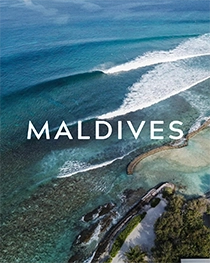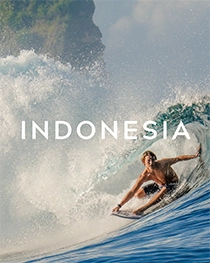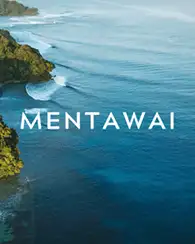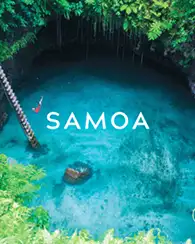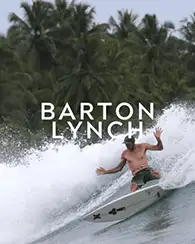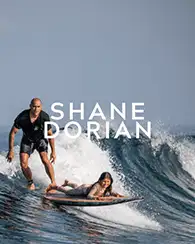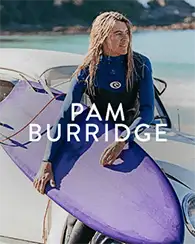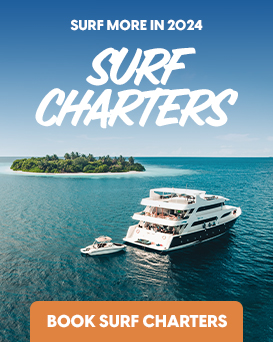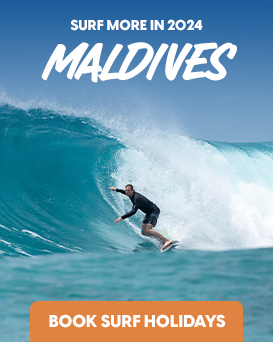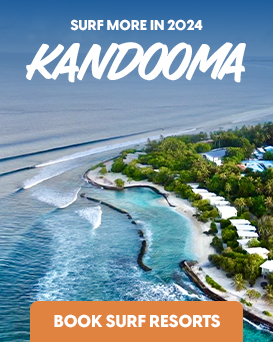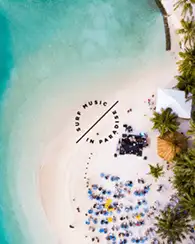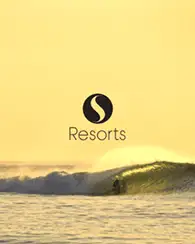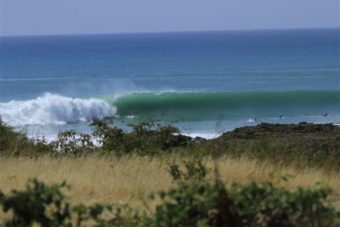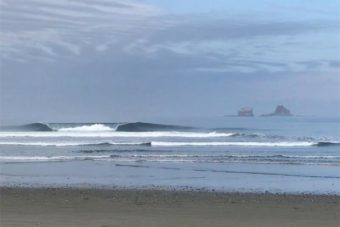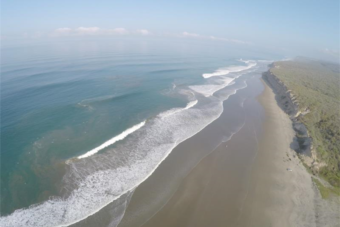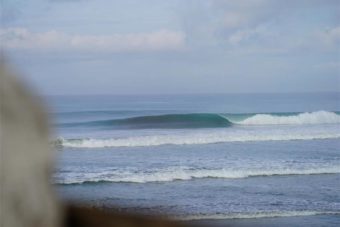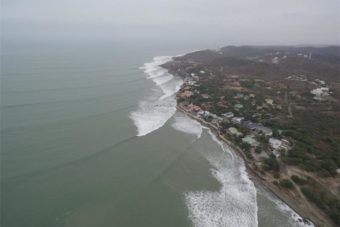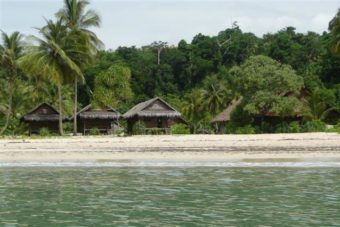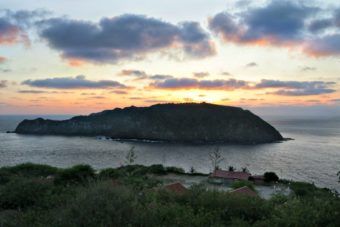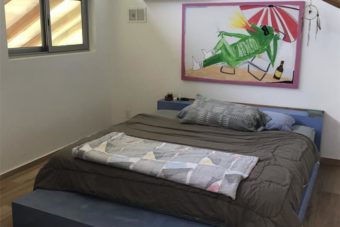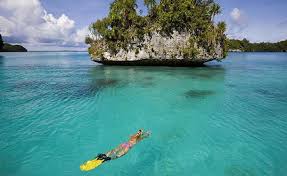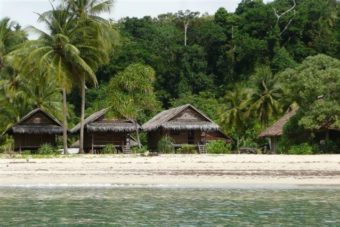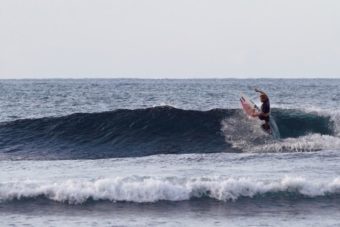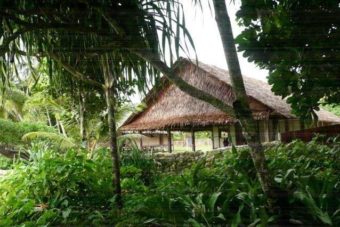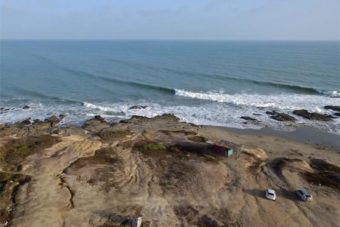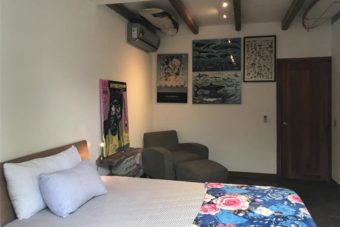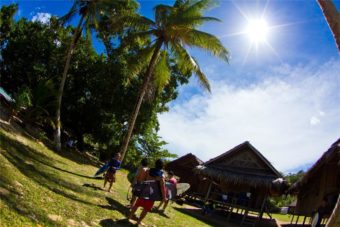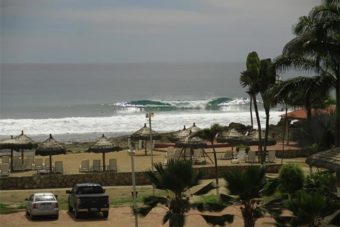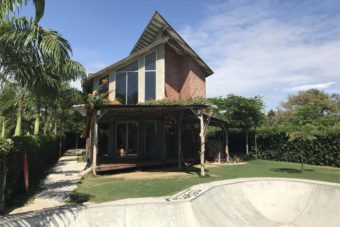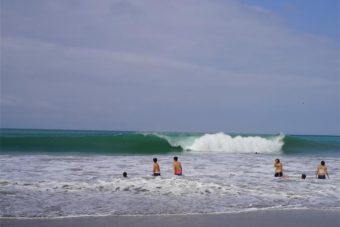The land that time forgot… How is the surf in Sri Lanka?
photos by Mark Newsham
I will be honest from the outset – surfing in Sri Lanka has never been at the top of my list of desirable places. However, it is not on many people’s list of surf destinations, which is precisely the best thing about the place and exactly why I would now be keen to go back again and again!

Sri Lanka at this point in time is still not a destination of choice for the packaged tour masses, though that is changing rapidly. It still doesn’t seem to attract footy teams on end of season pub because there are really only a handful of bars around Aragum Bay, and mainstream tourists are bound to be frustrated by the limited shopping opportunities.
The Land That Time Forgot
With a brokered truce in place with the Tamils and rebuilding post the 2004 tsunami now well advanced, you can expect a generally relaxed vibe in Lanka nowadays. The relaxed atmosphere obviously goes hand in hand with the white sand, palm–fringed tropical beaches and interesting variety of smallish, though consistently fun, uncrowded waves. You are still guaranteed interaction with an abundance of exotic wildlife, friendly locals that often speak English, quality, inexpensive and healthy food, cheap alcohol and a fair variety of accommodation options.
The whole deal at Arugam Bay is often compared to Kuta in the early 80’s, before the major developments went in. Obviously, nearly 3 decades of civil war and the tsunami put a hold on most potential economic development plans and severely limited tourist numbers, though in recent years numbers are again on the rise.

Traffic is virtually nonexistent at A–Bay (the capital Colombo is obviously a different story), but on the coast there are very few cars. Basically it’s tuk-tuks (a little three wheel motorbike) or the odd mini bus or 4wd.
Geography, Wildlife and Climate
Sri Lanka is a land of great natural beauty. Full-on picture postcard scenes abound – as you will discover on your eight–to–ten hour scenic drive from Colombo Airport to Arugam Bay. Sri Lanka lays South East of Cape Comorin (India), separated from it by the 53 kilometre wide Palk Strait. Marco Polo once described the island as “the best island of its size in the world” – which is hard to argue with really.
The island itself is shaped like a teardrop falling from the southern end of India. It stretches over 433 kilometres from north to south, and is only 244 kilometres at its widest point.
It is the hottest place I have ever been to. There is little or no shade at most of the surf spots, so take heaps of water, food, and maybe even a beach umbrella when you go day tripping, because the Lankans are by no means as entrepreneurial as the Indonesians. There are very few warungs (shade) or even benches to sit on at the more remote surf spots.
The surf is best during the dry season on the Arugam Bay side of the island, and runs from May through to September.

Hikkaduwa and the south-west coast is the other main surf region and is best during the wet season from October through to February-March. It takes a solid day to drive from the airport in Colombo down and across to Arugam, because you have to A) cross the breathtaking mountain range or B) follow the rickety coastal road along the southern base of the isle (passing through Hikkaduwa) and catching glimpses of the ancient Fort at Galle and countless deserted beaches. Either journey is magic, so I suggest you go one way and come back the other so you can experience both.
As far as wildlife is concerned, I was fortunate enough to regularly see elephants in the wild on the way down to Okanda, and dozens of monkeys at just about every temple I visited. The other good news is that I had no shark sightings or even the mere mention of sightings whatsoever.
How’s the surf in Sri Lanka?

The surf is refreshingly uncrowded. During my two-week stay, I didn’t encounter many surfers in the water outside of the main break at Arugam Bay. I was there in June, just before peak season. July, August and September are regarded as the most crowded months, when crews of Euro and Israeli surfers hit town.
As I’ve already mentioned, the drive, or more accurately bounce-a-thon, from Colombo to A-Bay is an all-day affair (8-10 hours.)
There is a seemingly endless supply of sheltered sand-bottom point-breaks. The wave quality varies, dependent on sand build-up from point to point. The potential for quality, fun-sized small to occasionally medium-sized waves is blatantly obvious the minute you start searching.

I only explored an hour or two south of A-Bay a couple of times by boat, but you could tell the potential for uncrowded small-wave perfection is real. Several sand-bottom points leave you salivating, and that’s just in close proximity to town. One can only imagine what lies untapped further south, deep in the Yalla East or Yalla West National Park. I swear you will find yourself constantly thinking, “If only Sri Lanka was exposed to bigger and more powerful swells.” The place would be completely insane.
Arugam Bay is not like anywhere I’ve surfed before. It is a funnish – though sometimes frustrating – reef/sand combo that really is quite rippable. It is at its best at 3-4ft, but can be surfed up to 6-8ft if conditions are right, but beyond 4-6ft it tends to section. It can get quite crowded and only occasionally serves up a hollow section here and there – mostly on the semi-wedgey take-off peak. The best thing about A-Bay is its consistency. It is renowned for having some sort of ride-able wave on most days in the season.

Pottuvil Point is hollow, but fickle. It was only surfable 4 of the 14 days I was there, but scoring it on was without doubt the highlight of my trip. The sucky takeoff section was barely a few metres in front of a series of dangerous phallic-shaped boulders, followed by one or more distinct bowl sections before the main Spectators rock. Beyond “Spectators” it reels down the point for another 50 to 100 metres of playful maneuvering into the beach. Then you can jog back around the Point and do it all again.

Okanda, which lies a little over an hour south by road, is another fun, walled-up performance wave with quite a hollow little inside section. There is also a brief opportunity to get covered on the takeoff – if you can be bothered paddling over onto the trailing edge of the whale- shaped rock shelf. Okanda picks up just as much swell as A-Bay, even though it is more sheltered from the predominant south/southeast trade winds that tend to kick in like clockwork around mid morning every day. Quite an uncrowded fun wave.

Peanut Farm is another great sand point set up. The banks were not ideal when I was there, but you can see the potential for long, fun, and at times hollow waves is very real.
Get in touch with The Perfect Wave if you are keen to check out Sri Lanka and score some waves. It has surf all year round.
